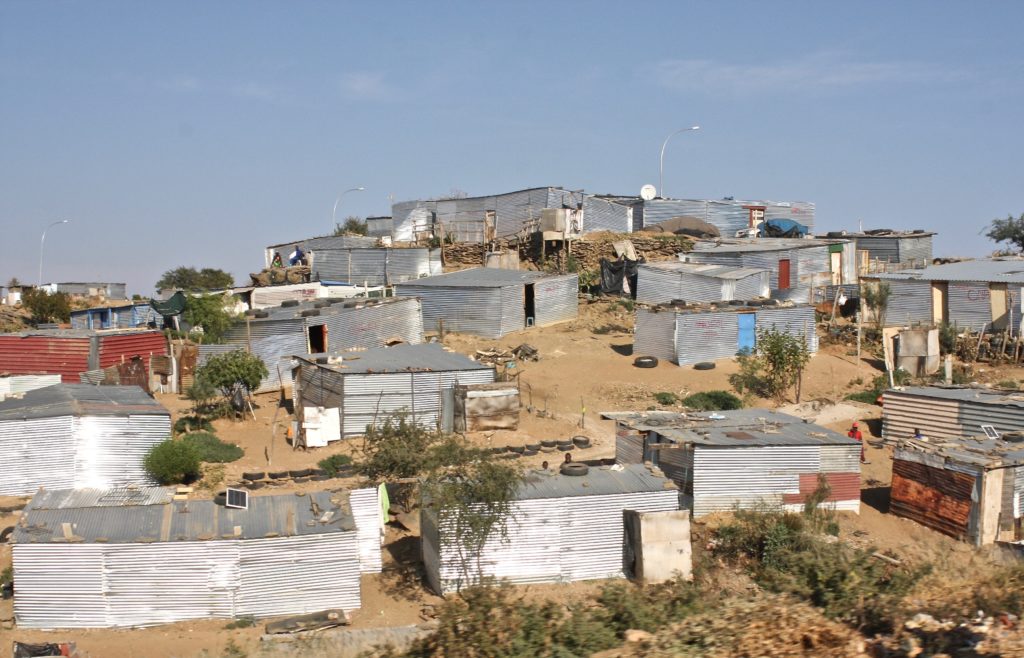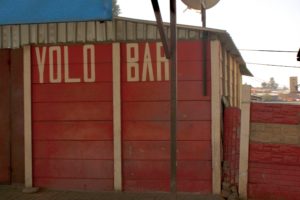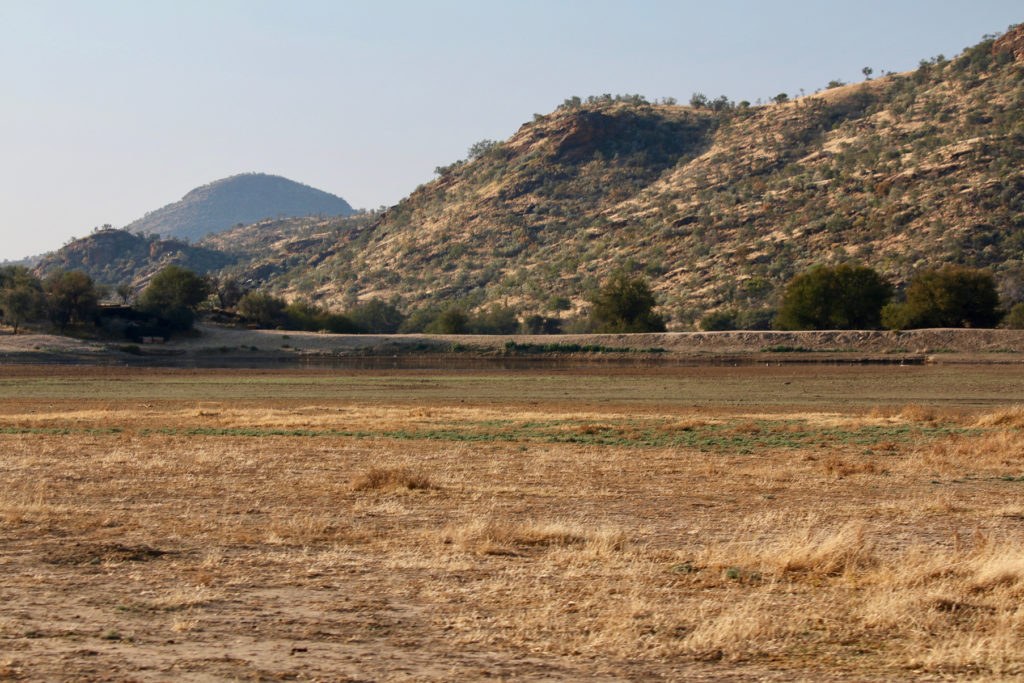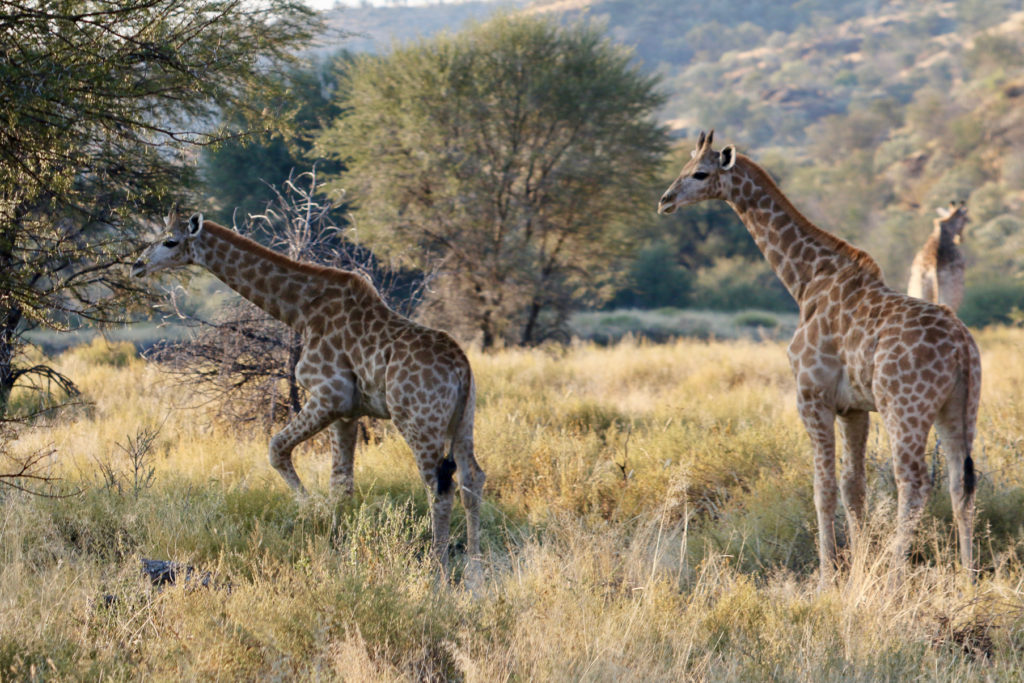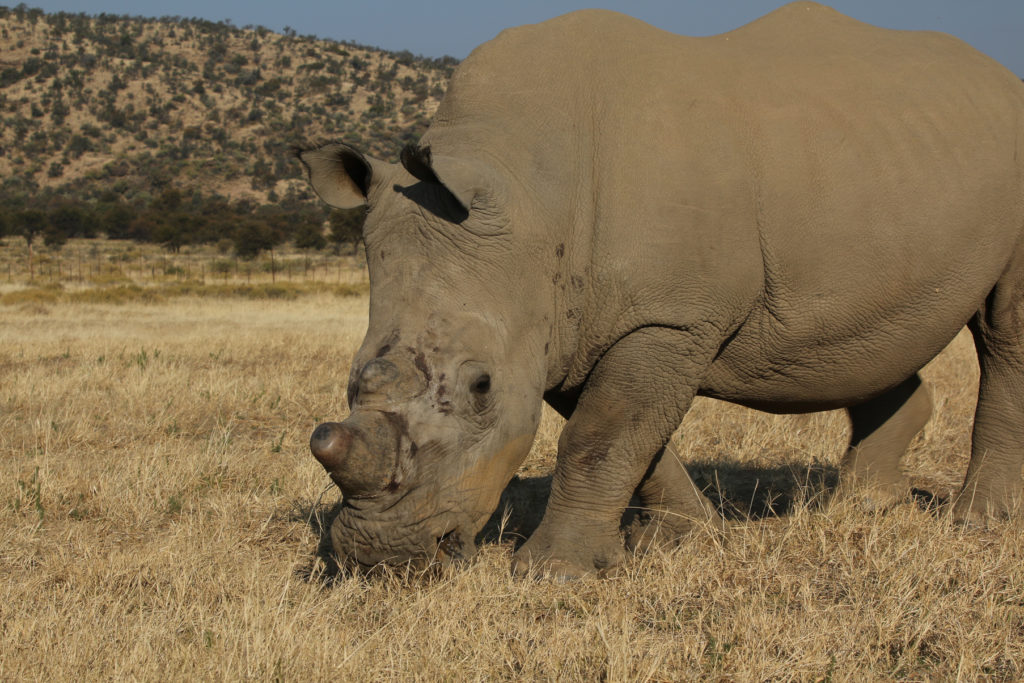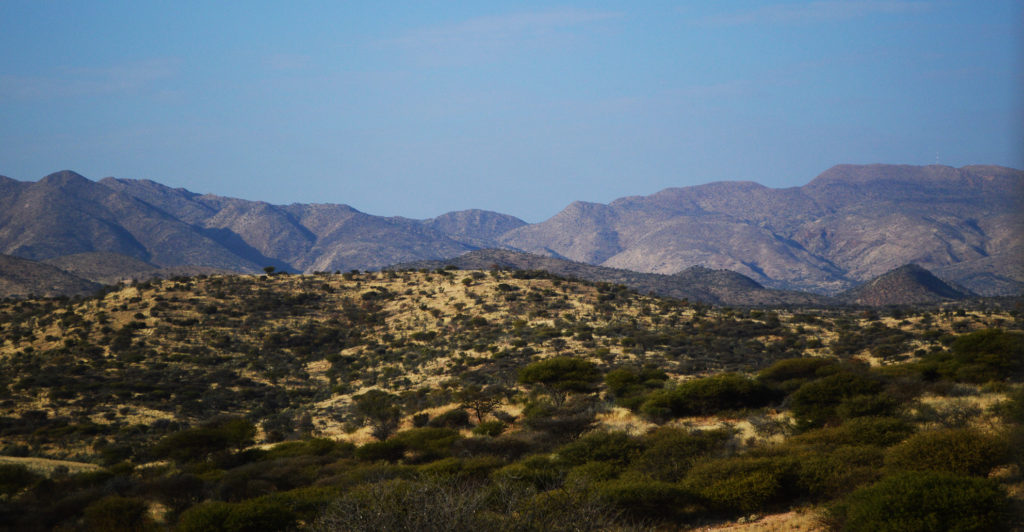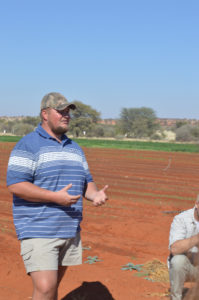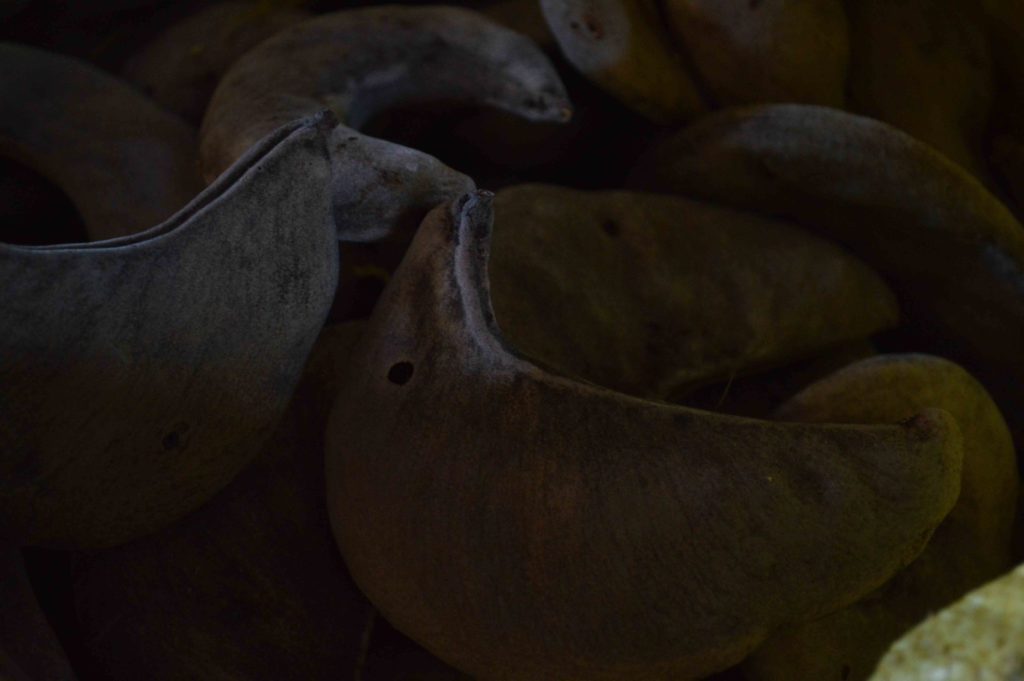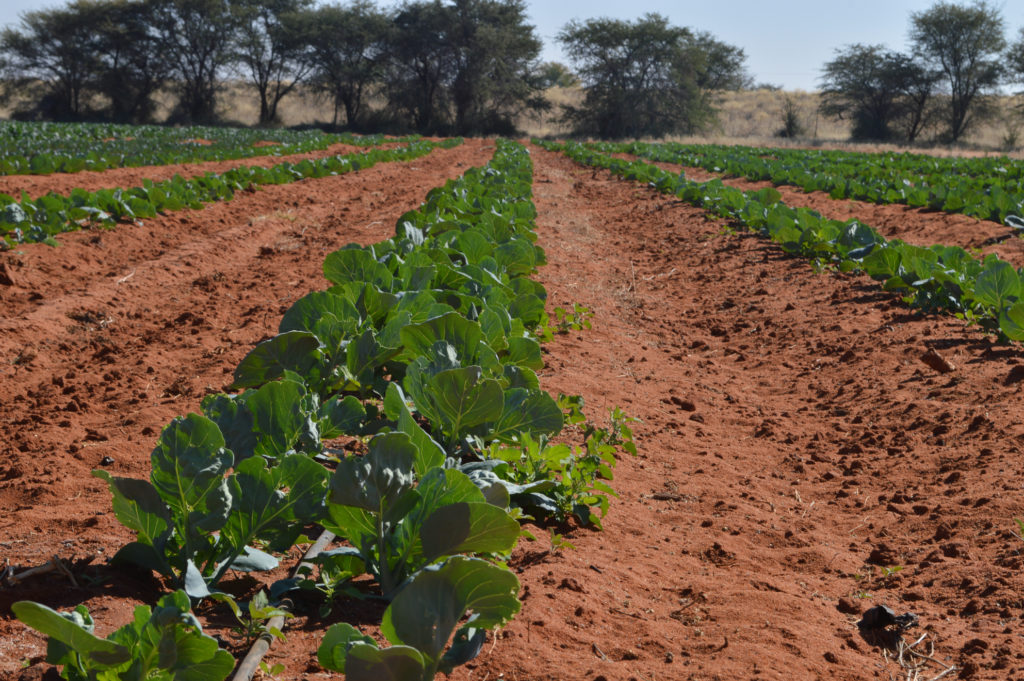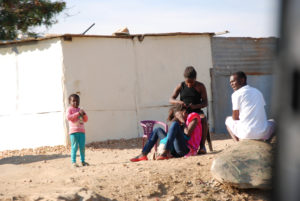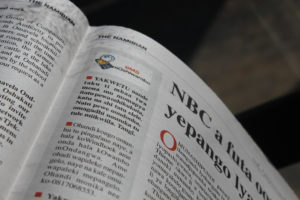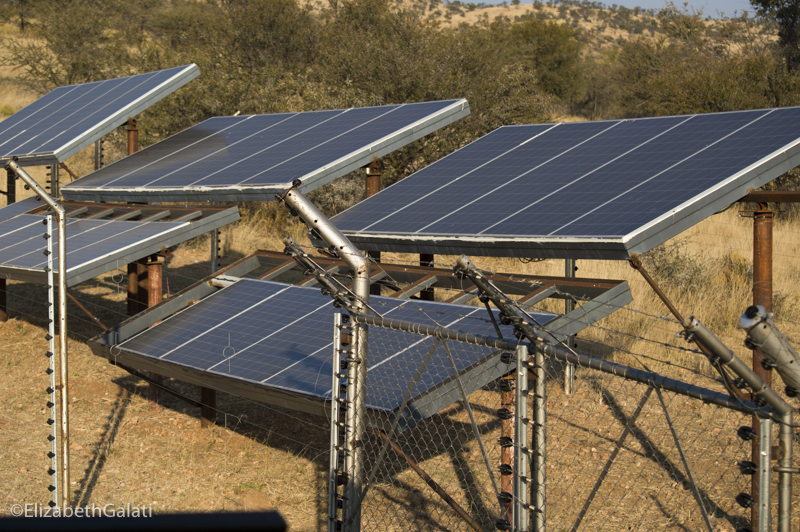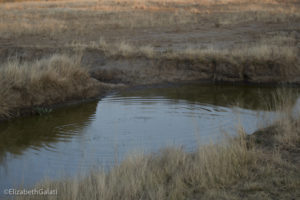Clear blue skies stretch for miles. The rich red soil, a mixture of sand and loam, covers almost every inch of the ground. Extensive savannah grasslands and mountainous terrains are home to some of the most exotic animals, such as springbok, wildebeest, rhinoceros and more. An arid country surrounded by deserts and sand dunes, Namibia is a country highly dependent on agriculture.
I am constantly awestruck while exploring this beautiful country. Every day is an adventure in itself. From exploring each different city to capturing photos of native animals, Namibia has proven herself to be a country filled with promise and prosperity.
There are an estimated 4,000 commercial farms in Namibia. Almost half of the 2.3 million inhabitants depend on agriculture as their source of revenue. The Namibian economy is heavily dependent on agriculture, as it directly impacts 70% of the population. Farmers in the southwest desert country face a number of obstacles, such as governmental regulations and insufficient amounts of rainfall.
Namibia’s agriculture is separated into two types: subsistence and privatized farming. Subsistence farming, also referred to as communal farming, entails farmers producing only enough crops and raising only enough livestock to sustain his or her family. An estimated 60% of all lands in the northern regions of Namibia are communal farm lands and are located in the populous north, where cattle roam freely and crops consist of corn, millet and sorghum.
On these communal lands, the regulation of resources, such as water and hay for cattle, is rationed by the Namibian government weekly. Amongst the tribes in Namibia, communal farm and ranch land ownership is supported to this day. Issues that may arise when practicing communal farming and ranching include the appearance of predators. Cheetahs and leopards are commonly seen by farmers and can either seriously injure or kill cattle, goats or sheep. The loss of these market animals results in less food provided for his or her family.
Privately-owned and operated farms are confronted with their own set of troubles. Jimmy O’Kennedy, a commercial farmer, currently runs his family farm, Patria Boerdeafry. Born in Mariental and raised in Stampriet, O’Kennedy earned his high school diploma and continued his education in South Africa, earning a degree in business. After the passing of his father, the 4th generation farmer returned to Namibia to take over the family business.
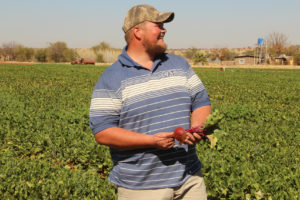
Farmer Jimmy O’Kennedy discusses numerous factors he monitors while growing beetroots. Patria Farms grows a wide variety of fruits and vegetables, such as tomatoes, peppers, carrots, oranges, green beans, lettuce, broccoli, and melons for more than 40 years.
O’Kennedy currently faces several obstacles maintaining his farm’s efficiency while practicing farming traditions that have occurred on the 25,000 acres for four decades. I had the opportunity to meet with the farmer on a tour of his family farm. This past year was quite difficult, as the Stampriet local suffered losses due to government influence on regulations concerning the usage of certain fertilizer and pesticide products on crops. The Namibian government recently passed a law banning some organic products into Namibia, as they must adhere to the European Union standards. This, in turn, places pressure on the farmers to produce new products combatable with the soil, containing insufficient amounts of potassium and phosphate.
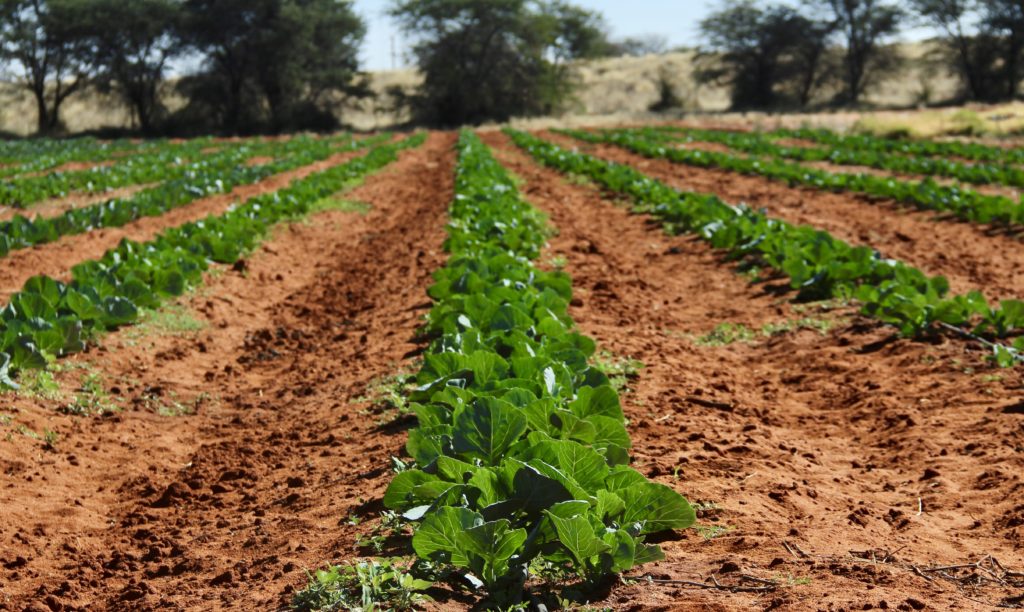
Vegetables growing on Patria Farms in Stampriet, Namibia. The sandy soil contains insufficient amounts of minerals and causes issues for commercial farmers in Namibia.
The Stampriet farmer receives no government funding, such as subsidies or tax breaks, on any of his crop losses. Losses farmers experience include a certain crop flooding the market, pesticide issues and droughts. These directly affects employees and production of the next harvest.
O’Kennedy practices precision farming, in which he strategically plants specific crops in season to save money. This methodical thinking is based on the demand of the economic market. The Stampriet farmer mentioned other farmers in his area will often flood the market with a crop, ruining the chance for profit to be made. O’Kennedy must constantly observe the demands of the market in order to continue generating profit.
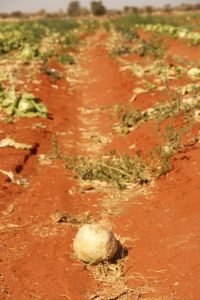
A ruined lettuce field caused by nematode problems on Patria Farms in Stampriet, Namibia. Commercial farmers in Namibia do not receive government aid for crop losses.
Water is an issue all farmers must face. Approximately 2% of Namibia receives enough rain to yield crops. Irrigation is possible but only for farms located along the valleys of the Oranie, Okavango and Kuene rivers.
Namibia is currently undergoing a recession, thus making the agricultural market undependable. There is a balance in practicing farming techniques while maintaining self-sufficiency all Namibian farmers must acknowledge in order to be fruitful.
It is encouraged for farmers to be informed and involved. The Namibian Ministry of Agriculture, Water and Forestry controls regulation that affects farmers’ lives daily. Farmer’s associations allow for like-minded individuals to voice their concerns and take action.
